The implications for design are not immediately clear, and although a merger is significant, it continues a wider trend for industry consolidation
Car Design News does not typically report on business issues, but the proposed merger between Honda and Nissan does feel particularly significant.
We have heard the latter has been facing some difficulties of late, and murmors of a coming together have now been confirmed. A press release issued by Nissan today states the two have signed a memorandum of understanding (MOU) “to start discussions and considerations toward a business integration between the two companies through the establishment of a joint holding company.”

Formal talks date back to March as the pair explored a strategic partnership around intelligent vehicles and electrification. This progressed in August with another MOU signed ahead of joint research around “next-generation software-defined vehicles.” This next stage builds on these discussions, with Nissan suggesting that industry challenges have essentially acted as a catalyst for more of a structural change in the way the pair work together. That is, to join forces across the board.
“Throughout the process, Nissan and Honda have engaged in discussions in consideration of various possibilities and options. At the same time, the business environment for both companies and the wider automotive industry has rapidly changed and the speed of technological innovation has continued to accelerate. The MOU between Nissan and Honda announced today is aimed to serve as an option to maintain global competitiveness and for the two companies to continue to deliver more attractive products and services to customers worldwide.”
Nissan CEO Makoto Uchida describes the negotiations as a “pivotal moment” for the company’s future.

One of Nissan’s alliance partners, Renault, was quick to issue a statement this afternoon, “acknowledging” the announcement and noting that “as the main shareholder of Nissan, Renault Group will consider all options based on the best interest of the Group and its stakeholders. Renault Group continues to execute its strategy and to roll-out projects that create value for the Group, including projects already launched within the Alliance.” It is interesting to see that Renault representatives were apparently not present at the press conference.
By standardising vehicle platforms [we can] create stronger products
What are the design implications for all this? It is difficult to say, exactly, but it may not be as seismic as some have suggested. The automotive industry has been converging for years now and many brands already share the same platforms. It could be business as usual, only with both brands finding new opportunities to save money where it matters, leverage economies of scale and continue working on separate designs. Nissan does note that “by standardising vehicle platforms of both companies [we can] create stronger products, reduce costs, enhance development efficiencies, and improve investment efficiencies through standardised production processes.”

One thing is for sure: both Nissan and Honda have too much heritage for one or the other to be abandoned entirely: the aim is to create a single holding company that will be the parent of both companies. As such, both Nissan and Honda would be fully owned subsidiaries. We will have to wait and see what this means for Infiniti, which is part of Nissan.
It will surely be one of the more significant stories to follow heading into 2025. For now, Honda is due to reveal the next stage of its 0 Series prototypes at CES 2025, building on earlier concepts shown exactly a year earlier.










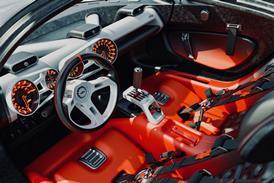


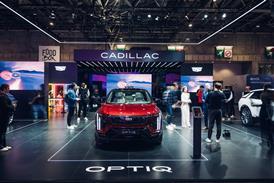




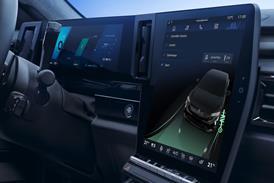

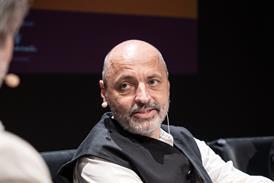


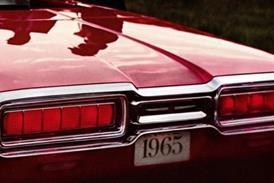





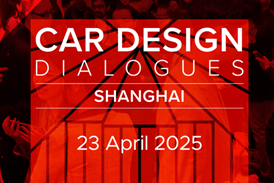






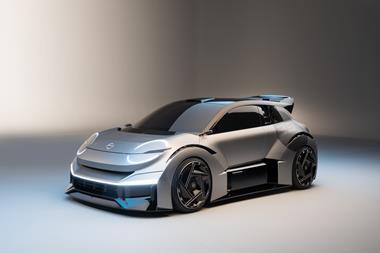



No comments yet